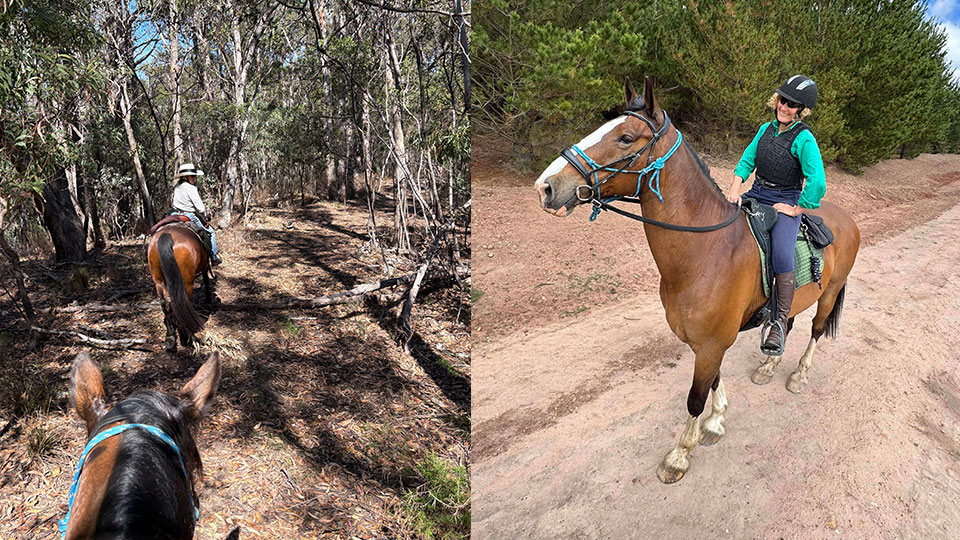Harmony in a leadership team can be seductively alluring, an ideal to aim for… It can also be a recipe for poor quality decisions and less creative thought, maintaining a course for the status quo.
Thinking about the leadership team you are part of, how well do you surface and resolve conflict creatively in ways that build the relationships and strengthen the team dynamic?
Dysfunctional teams do conflict – poorly! Conflict is apparent, typically personal, and can be savage. Differences of opinion lead to entrenched views, and labels of ‘right’ and ‘wrong’. The loudest voices ‘win’.
In Functioning teams there is an absence of conflict – everyone is nice to one another. Leadership team meetings appear harmonious, and yet conversations around the water cooler can be savage. Decision making is superficial, and important contradictory ideas remain silenced, reducing commitment to implementation.
At the other end of the spectrum, Fearless teams engage in creative conflict; they have the tough conversations that need to be had. Disagreements are surfaced and addressed in ways that build relationships, rather than bruise them.
Last week I was exploring this topic with a senior leadership team. While there was a range of views on their communication effectiveness, all agreed that they were able to raise and work through any personal disagreement or conflict, resulting in high levels of trust and strong bonds between them.
This team lacked a way to deliberately surface dissenting views. Executive meeting agendas were tight, leaving little capacity for broad ranging discussions. With each person seeing themselves as a divisional head and not a co-leader of the organisation, individuals tended to deauthorize themselves when they had a different view to the ‘expert’. Creative sparring, challenging others to further develop their thinking, and spotting under the surface risks was not part of their team culture.
Dissenting views that remain unspoken are a lost opportunity. Actively seeking out these voices ensures the best decisions are made, appropriate risk mitigations are put in place, and there is full commitment to communicating and implementing across the organisation.
How does conflict show up in your team? How good are you are surfacing different opinions?
With the complex and rapidly changing environment we are in now, you can’t afford to hear only from the ‘experts’ and those with the loudest voice.
Go Fearlessly
STAY IN THE LOOP






